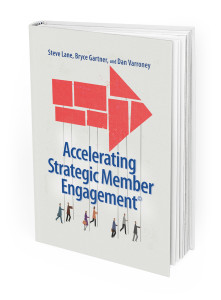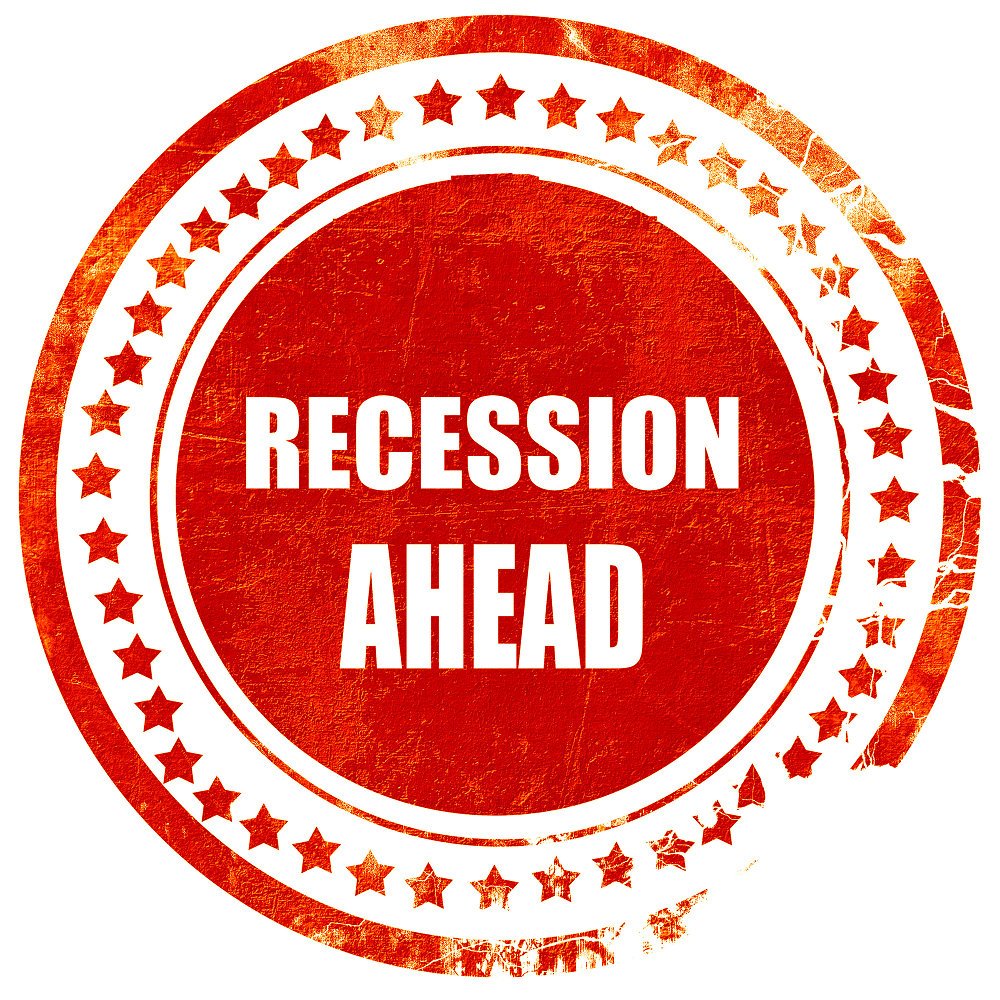 Sluggish global growth and U.S. growth, the race for talent, and disruptive innovation create opportunities for Associations and Professional Societies to become more essential. It’s all about alignment with industry and professional outcomes that your members care most about. Those organizations who utilize these 3 Association Growth Strategies can help impact member outcomes and as a result better position their members and their organizations for long term success.
Sluggish global growth and U.S. growth, the race for talent, and disruptive innovation create opportunities for Associations and Professional Societies to become more essential. It’s all about alignment with industry and professional outcomes that your members care most about. Those organizations who utilize these 3 Association Growth Strategies can help impact member outcomes and as a result better position their members and their organizations for long term success.
3 Association Growth Strategies
1. Secure Actionable Research
Securing forward looking data is essential. Utilizing “Impact” Surveys instead of member satisfaction surveys will help your organization determine the desired future outcomes that members seek to address their “up at night” issues. These issues must also be examined segment by segment.
The Global Cold Chain Alliance, GCCA, utilized both qualitative and quantitative research in order to align itself with its stakeholders. Through this process the organization aligned its internal team and they have transformed themselves into strategic partners for the Global Refrigerated Warehouse Industry. In doing so, GCCA is helping its members drive future outcomes.
 According to Corey Rosenbusch, President and CEO, GCCA, the organization is taking its partnership a step further. The organization conducts qualitative research with their member’s customers to help align GCCA and their industry with the business outcomes their customers seek. Here again the organization impacts member outcomes.
According to Corey Rosenbusch, President and CEO, GCCA, the organization is taking its partnership a step further. The organization conducts qualitative research with their member’s customers to help align GCCA and their industry with the business outcomes their customers seek. Here again the organization impacts member outcomes.
Association revenues have grown by 25% in the last year and a half.
2. Demonstrate Strategic Alignment
Strategic alignment with your member’s industry and its professional outcomes is key to your organization’s long term durability and growth. Without a recognized level of strategic alignment members will not perceive the important connection between your organization and their business outcomes.
 At the National Wooden Pallet and Container Association, Brent McClendon, President and CEO, continually seeks ways in which he can help accelerate member engagement. He does this by making sure that NWPCA listens closely to its members and then aligns its resources with the appropriate company and industry outcomes. One example of aligning its resources is through its software platform. Their proprietary software, “Pallet Design System” is both a product specification and engineering design tool as well as a professional marketing tool, and educational tool to serve the wood pallet industry. This platform accelerates member engagement and it’s a concrete example of how a product can drive future outcomes.
At the National Wooden Pallet and Container Association, Brent McClendon, President and CEO, continually seeks ways in which he can help accelerate member engagement. He does this by making sure that NWPCA listens closely to its members and then aligns its resources with the appropriate company and industry outcomes. One example of aligning its resources is through its software platform. Their proprietary software, “Pallet Design System” is both a product specification and engineering design tool as well as a professional marketing tool, and educational tool to serve the wood pallet industry. This platform accelerates member engagement and it’s a concrete example of how a product can drive future outcomes.
NWPCA has experienced 60% revenue growth over the last three years.
3. Design the Industry’s Future
Serving as a leader and convener for your industry creates the strongest possible link between your organization and the member’s your serve. The link is reinforced when you provide a safe space for your members to collaborate and design their future together.
 The Smart Electric Power Alliance, SEPA, brings companies together in all aspects of power generation to design and build the industry of the future. Julia Hamm, President and CEO, and the SEPA team link the industry’s all stakeholders to develop, share, and build future focused solutions for their industry. The organization facilitates important conversations, doesn’t take sides, and serves as an industry convener. SEPA is all about helping members determine how to best drive future outcomes.
The Smart Electric Power Alliance, SEPA, brings companies together in all aspects of power generation to design and build the industry of the future. Julia Hamm, President and CEO, and the SEPA team link the industry’s all stakeholders to develop, share, and build future focused solutions for their industry. The organization facilitates important conversations, doesn’t take sides, and serves as an industry convener. SEPA is all about helping members determine how to best drive future outcomes.
For example, SEPA created a 51st State Initiative that creates ongoing opportunities for experts and industry leaders to share, test, and provide feedback on direction and innovation to support an evolving utility sector. Through the 51st State initiative, all stakeholders have can participate in designing “Sustainable market structures from the ground-up, rather than attempting to make wholesale or partial changes to something that has been in place for decades.”
The Smart Electric Power Alliance has seen annual revenues grow 23% (2015 to 2016) and also in 2016 experienced a 62% increase in total staff (to 35 employees from 22).
3 Association Growth Strategies
In a September 2016 interview in Fortune Magazine, GM’s CEO Mary Barra was asked “What would you tell your younger self to do differently?” She replied “Focus more on speed. Time is not our friend.” These 3 Association Growth Strategies will give your organization greater speed and help your organization impact industry and professional outcomes that your members care most about.

Free eBook “Accelerating Strategic Member Engagement” is available upon request for all Association Executives at Potomac Core – Association Consulting











